Introduction
Western boots and cowboy boots are often used interchangeably, creating confusion between the two distinct styles of footwear. While both styles belong to the broader category of traditional Western boots, there are notable differences that set them apart. In this comprehensive guide, we will explore the characteristics and distinctions between western boots and cowboy boots. From design and functionality to historical context and regional influences, we aim to shed light on these unique styles of Western footwear.
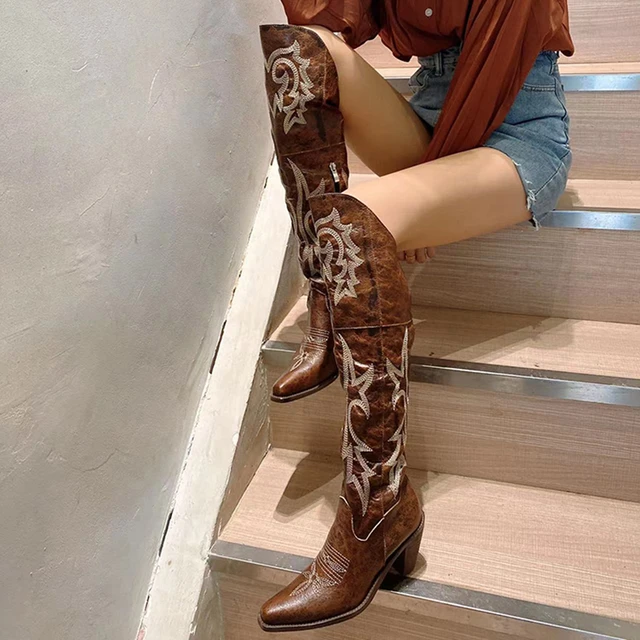
What’s the difference between western and cowboy boots?
I. Historical Origins and Influences
-
Cowboy Boots:
- Cowboy boots trace their origins to the cowboy culture of the American West during the late 19th century.
-
Western Boots:
- Western boots encompass a broader category of boots that represent Western and rural American culture. The term “Western boots” encompasses various styles influenced by different Western regions, historical backgrounds, and occupations. This includes cowboy boots as well as other Western-inspired boot styles, such as ropers, buckaroos, and stockman boots.
II. Design and Characteristics
-
Toe Shape:
- One of the key distinctions between western boots and cowboy boots lies in the toe shape. Cowboy boots typically feature a pointed or narrow toe shape, designed to fit into stirrups when riding horses. In contrast, western boots have a broader range of toe shapes, including round, square, snip, or even exaggerated pointed styles.
-
Heel Height and Shape:
- Cowboy boots are characterized by their higher heels, ranging from standard height to exaggerated heights. The higher heel serves functional purposes when riding, providing stability, preventing the foot from slipping through the stirrups, and aligning the rider’s body correctly. Western boots, on the other hand, often have lower heels or a variety of heel heights to cater to different fashion preferences.
-
Height of the Shaft:
- Cowboy boots typically feature taller shafts that extend above the calf, sometimes reaching mid-calf or even knee-high. The taller shaft provides additional support and protection, especially when working with livestock. In contrast, western boots encompass a wider range of shaft heights that may extend anywhere from ankle height to just below the calf.
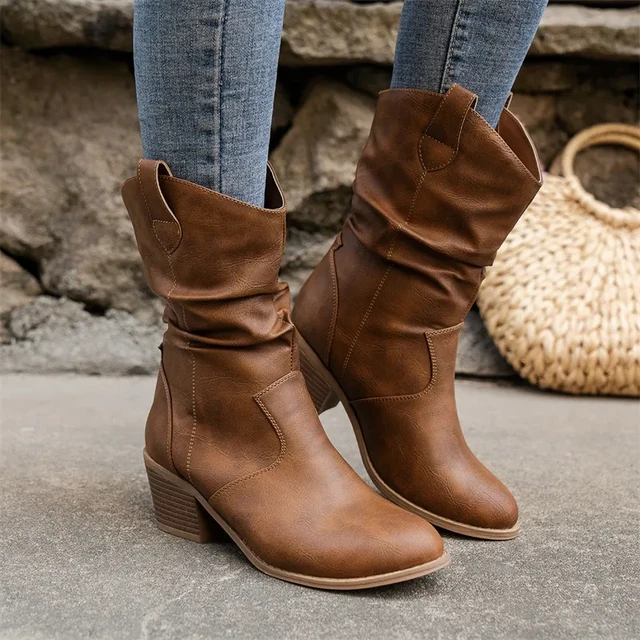
III. Functionality and Purpose
-
Functionality of Cowboy Boots:
- Cowboy boots were originally designed for practicality and functionality in the demanding and rugged work environments of cowboys. They offer enhanced stability and foot protection for activities such as horseback riding, herding cattle, and walking on varied terrain. The pointed toe shape facilitates easy entry into stirrups, while the higher heel aids in gripping stirrups and allows for proper riding posture.
-
Versatility of Western Boots:
- Western boots, including cowboy boots, serve both functional and fashion purposes. While they can still be used for ranching or riding activities, they are also a popular choice for Western-themed events, country-style fashion statements, and everyday wear. Western boots cater to a broader audience, including rodeo participants, Western enthusiasts, and individuals appreciating the style and heritage associated with Western culture.
IV. Regional influences
-
Texas Influence:
- Texas has played a significant role in the development and popularization of both western boots and cowboy boots. The distinctive cowboy boot styles associated with Texas reflect a strong Western heritage influenced by Mexican vaqueros, Texas cowboys, and the state’s equestrian traditions.
-
Western Influences Beyond Texas:
- Western boots encompass a broader range of styles that extend beyond the cowboy boot tradition of Texas. Regional influences across the American West, including states like Arizona, New Mexico, Colorado, and California, have contributed to the diversity and evolution of western boot designs. Each region has its unique history, cultural heritage, and occupations that have influenced the design, materials, and functionality of Western-style boots.
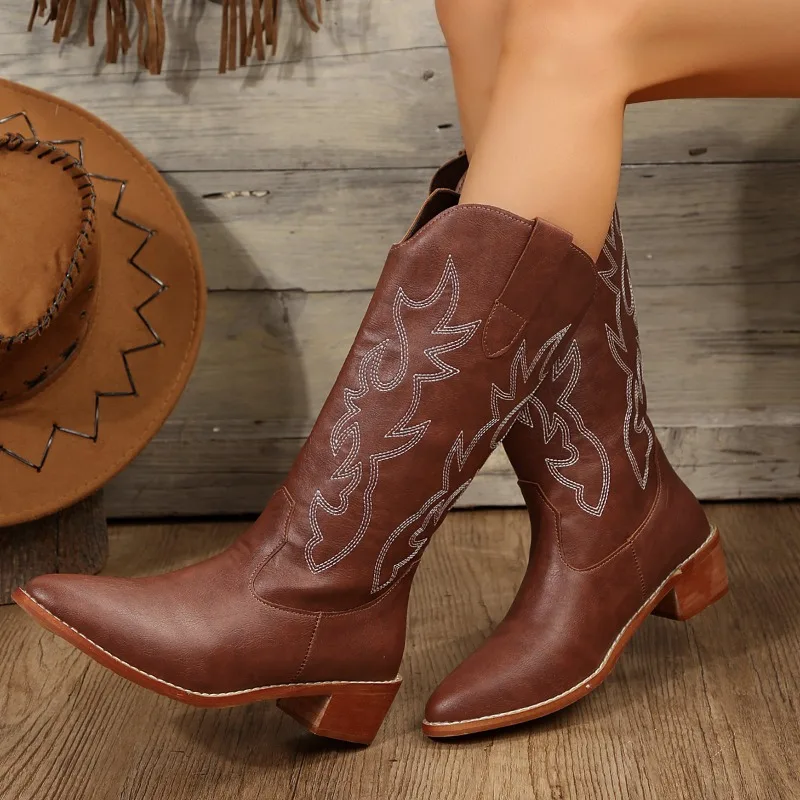
V. Style and Fashion Aspects
-
Decorative Elements:
- Both western boots and cowboy boots feature decorative elements, but the range and intricacy may differ. Cowboy boots often showcase intricate stitching patterns, embroidery, and classic Western motifs. Western boots, on the other hand, encompass a broader spectrum of decorative elements, including various stitching patterns, overlays, leather tooling, inlays, and different materials like exotic leathers or vibrant colors.
-
Fashion Adaptations:
- Western boots have been adapted to suit contemporary fashion trends, extending beyond the traditional cowboy boot style. Fashion-forward western boots may feature embellishments, bolder colors, unique patterns, or incorporate modern materials to appeal to a broader audience and align with evolving fashion preferences.
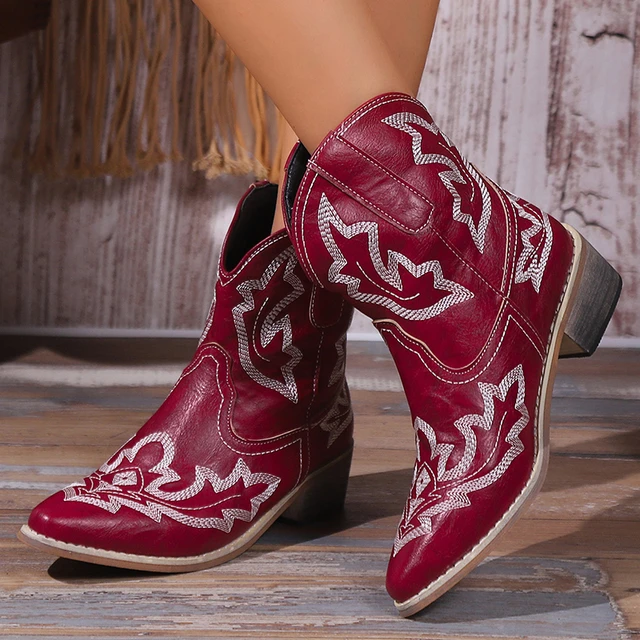
VII. Choosing Between Western Boots and Cowboy Boots
-
Consider Intended Use:
- When deciding between western boots and cowboy boots, consider the primary purpose for which you’ll be wearing the boots. If you anticipate engaging in horseback riding, working with livestock, or participating in rodeo activities, cowboy boots may be the ideal choice due to their specific design features that enhance performance in these activities.
-
Assess Fashion Preferences:
- Personal style and fashion preferences play a significant role in choosing between western boots and cowboy boots. Cowboy boots have a distinct and classic look that appeals to individuals who appreciate the authenticity and heritage associated with these boots. If you’re drawn to traditional Western motifs, intricate stitching patterns, and cowboy culture, cowboy boots may be the perfect fit. However, if you prefer a wider variety of design options, including different toe shapes, heel heights, and decorative elements, western boots offer a more diverse range of styles to suit your fashion tastes.
-
Consider Comfort and Fit:
- Comfort and fit are key factors in selecting any type of footwear. Both western boots and cowboy boots should be comfortable and provide a secure fit. When trying on boots, pay attention to factors such as arch support, cushioning, and the overall feel of the boot on your foot. Consider trying on boots from different brands and styles to find the best fit for your specific foot shape and size. Remember that proper fit will ensure the boots provide the necessary support and comfort for your chosen activities.
-
Explore Materials:
- Western boots and cowboy boots can be constructed from various materials, including leather, synthetic materials, or exotic leathers. Consider the materials used in the boots and their quality, as this will impact durability, appearance, and performance. Western boots may offer a wider range of material options, including diverse leather types and synthetic materials.
VIII. Care and Maintenance
-
Proper Cleaning and Conditioning:
- Regardless of whether you choose western boots or cowboy boots, proper care and maintenance are essential for preserving their appearance and lifespan. Follow the manufacturer’s instructions for cleaning and conditioning the boots, using appropriate products and techniques for the specific materials. Regularly cleaning and conditioning your boots will remove dirt, maintain the integrity of the leather or synthetic materials, and ensure they remain in good condition.
-
Storage and Protection:
- When not wearing your boots, store them in a cool, dry place away from direct sunlight. Avoid compressing or stacking the boots, as this can cause them to lose their shape. Use boot trees or stuff them with newspaper or soft cloths to help preserve their form. Protecting the boots with dust bags or covers can prevent dust accumulation and maintain their appearance.
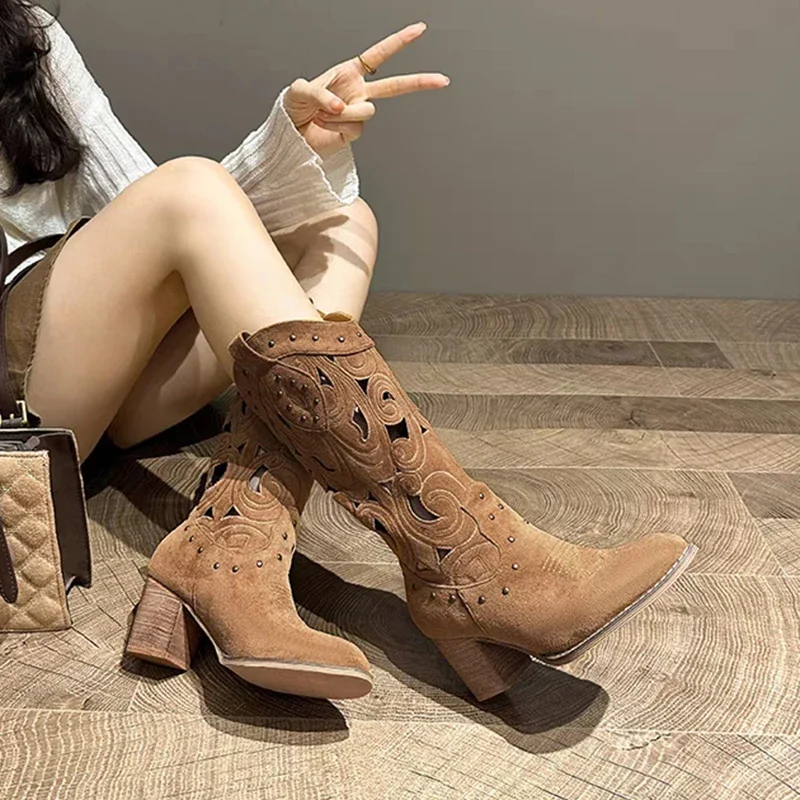
VI. Conclusion: Appreciating the Distinctions in Western Boot Styles
Understanding the differences between western boots and cowboy boots allows for a deeper appreciation of Western culture, fashion, and tradition. Cowboy boots epitomize the practicality, functionality, and heritage of the American cowboy lifestyle. Western boots, serving as a broader category, encompass various boot styles inspired by the Western region, historical influences, and evolving fashion trends.
Key distinctions, such as toe shape, heel height, shaft height, functional characteristics, and regional influences, help differentiate cowboy boots from western boots. Embracing the unique qualities of each style allows individuals to match their footwear to specific activities, fashion preferences, or the embodiment of Western culture.
Whether donning cowboy boots for working on the ranch or sporting Western boots for a country-themed event or everyday fashion, both styles represent a rich cultural heritage and contribute to the timeless allure of Western-inspired footwear.
